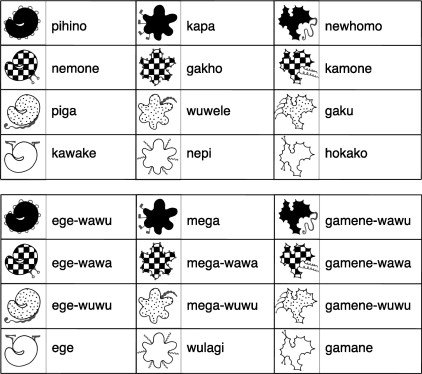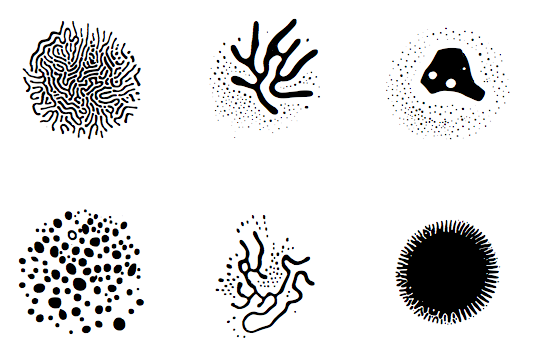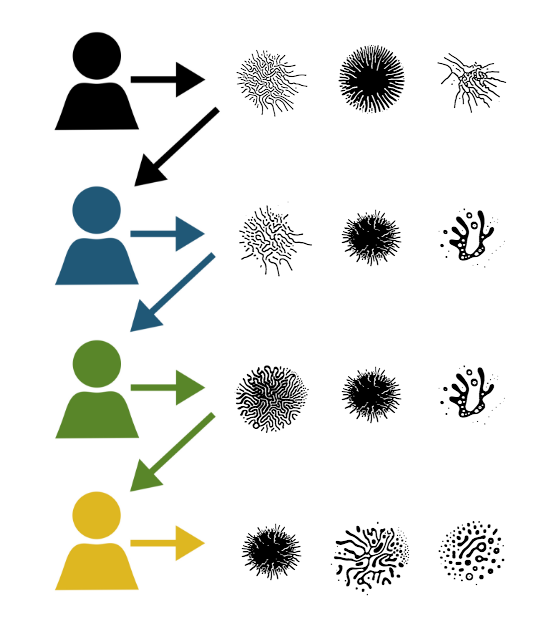Language: a human universal and a human uniqueness
by Dr Christine Cuskley
13 Dec 2016
Language is a topic which often draws interest not only from areas study diverse as physics (1) and anthropology, but it’s also something that garners interest in non-academic corners as well. As effortlessly as we use language on an everyday basis, it is a complex beast. While virtually all humans are naturally skilled at language, there is still much that even experts don’t understand about language: how exactly we learn it, how and why it varies across the world, and how it came to be both a human universal and a human uniqueness.
Methodologically, these can be hard problems to tackle. We can of course study actual language data, but this has limitations. While diverse language data is becoming increasingly available, the languages with most data are often skewed heavily to those with with written forms, and historically skewed towards European languages (although progress is being made in this area (2). More importantly, if we want to study language evolution - how language came to be universal and unique - we need other angles.
In the last decade, the use of artificial language learning in the laboratory has made considerable progress in shedding light on language evolution. Artificial languages in this sense are small language systems created by researchers to provide insights into how natural languages are learned, and how they mature and evolve over time.
But some limitations remain: learning artificial languages relies fundamentally on quite sophisticated natural language knowledge. In a traditional artificial language learning experiment, you learn words you’ve never seen before, often to mean abstract things you’ve never encountered (see figure). Yet, you immediately know something about artificial languages by virtue of already knowing how to speak and read - for example, you can pronounce (and remember) “kapa" or “nemi”, even though you've probably never seen either of these words before.

Using unfamiliar - yet easily pronounceable - nonsense words has been revelatory in language evolution, and is also widely used throughout cognitive science to study a variety of phenomenon. But my project aims to go a step further, by challenging participants to learn completely alien symbols called Ferros. The study will be live at the Language - Homo Loquens (3) exhibit at the Deutsches Hygiene-Museum in Dresden through August 20, 2017, and you can also play online (4).
The Ferros are from a decorative font in collaboration between Linden Gledhill and Craig Ward. They are made using ferrofluid ink - ink which has tiny pieces of metal in it which create different shapes when exposed to magnets (this is why we’ve called them Ferros, from the latin ferrum meaning ‘iron’).

The Ferro study is a new kind of artificial language learning study. The study is different because it examines how participants learn a completely artificial language - when you learn Ferros, you’re not just learning words you’ve never seen before, you’ve never even seen any of the symbols before
With Ferros, we're looking to see how participants learn to produce symbols in an entirely new modality. When you are learning the Ferros, we're measuring how well you learn particular sequences of Ferros, just like in a traditional artificial language learning experiment. But we're also measuring how accurate you are at producing the symbols, and how quickly you can produce them - not using a keyboard, but using a ‘palette’ where discrete symbols emerge from a continuous space, much like discrete sounds in language emerge from a continuous acoustic space.
As the first study with Ferros, the experiment is just a very short, simple game: after having some practice with the ‘palette’, you have three minutes to copy as many Ferro sequences as you can, as accurately as you can. But there’s a catch: they fade after a few seconds, so you have to do your best to produce them from memory.
There’s another twist: when you learn and reproduce a Ferro sequence, that sequence didn’t come out of nowhere - it’s the output of another participant. In other words, the sequences you learn are sequences produced by the last ‘generation’ of Ferro learners when they were playing the game. Although a small set of sequences were initially set by the experimenters, most of them were produced by other players.

This feature of the study is known as a diffusion chain or iteration, and is designed to mimic the fact that in natural language, children learn by listening to the speech of others. Using more traditional artificial languages, several studies have shown that miniature languages ‘evolve’ over ‘generations’ of participants to have features that are easier for participants to learn more faithfully, and languages gain certain structural features through this process. While data collection is ongoing, there are already some preliminary results which you can view in the video below.
FerroVidOnline from Chrissy Cee on Vimeo.
The Ferro sequence learning game is a simple first step to learning more about how people deal with novel symbols: it lacks some of the complexities in more traditional artificial language learning. Primarily, players aren’t actually learning any meanings yet. However, this forms an important first step: results from this experiment are crucial to ongoing development of more complex games where players will learn to communicate concepts with other each other using Ferro. These games will allow us to get closer to more naturalistic conditions of language emergence, furthering insight into how language evolved.
Dr. Christine Cuskley is a British Academy Postdoctoral Fellow at the University of Edinburgh, where I am studying the emergence of language using an online experimental game, in addition to agent based models and corpus data
(2) http://www.scientificamerican.com/article/r-is-for-red-common-words-shar...
(3) http://www.dhmd.de/index.php?id=2812


